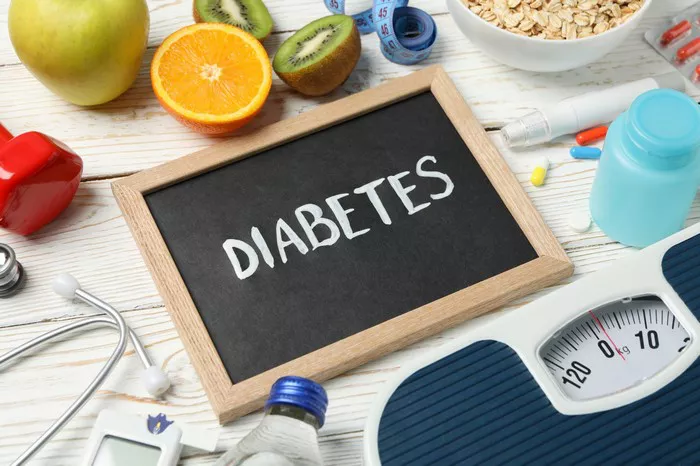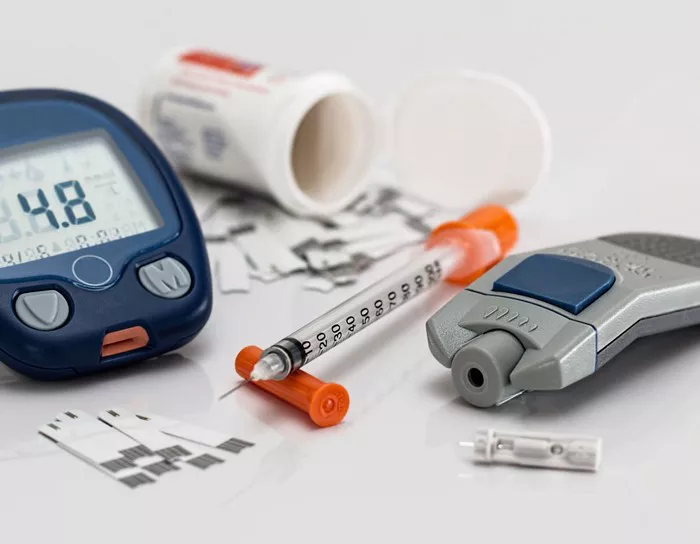Scientists have uncovered a surprising source of potential treatments for diabetes and hormone disorders: venom from one of the most dangerous animals on Earth—the geography cone snail. A multinational research team, led by scientists at the University of Utah, identified a component in the venom that mimics a human hormone called somatostatin, which plays a crucial role in regulating blood sugar and hormone levels. This discovery could pave the way for more effective drugs for diabetes and related conditions.
Published in Nature Communications on August 20, 2024, the research sheds light on the long-lasting and precise effects of the venom’s hormone-like toxin, which the snail uses to immobilize its prey. This fine-tuned mechanism could offer insights into creating better therapies for people with metabolic disorders.
A Blueprint for Better Drugs
Somatostatin serves as a regulatory hormone in the human body, preventing dangerous spikes in blood sugar and hormone levels. The cone snail’s toxin, named consomatin, behaves similarly to somatostatin but is more stable and specific in its function. While somatostatin interacts with multiple proteins, consomatin targets only one, reducing unwanted side effects and making it a promising candidate for drug development.
Researchers found that consomatin’s highly targeted effects could outperform even the most advanced synthetic drugs used to treat conditions such as excessive growth hormone production. Its potential impact on blood sugar, though, requires caution, as it could be harmful if not carefully controlled. Still, by studying the structure of consomatin, scientists hope to design drugs that offer fewer side effects and longer-lasting benefits.
Venomous Insights
The study highlights the intriguing potential of venom-based drug development. Associate Professor Helena Safavi, PhD, of the Spencer Fox Eccles School of Medicine at the University of Utah, explains that venom’s lethal precision is what makes it valuable for therapeutic research. Evolution has equipped venomous animals with the ability to disrupt specific biological processes in their prey, often providing insights that can be leveraged to treat human diseases.
The research team discovered that the cone snail’s venom contains multiple components that regulate blood sugar. Previously, Safavi’s team identified another toxin in the venom that mimics insulin, rapidly lowering the prey’s blood sugar to incapacitate it. Consomatin then keeps blood sugar from recovering, effectively teaming up with the insulin-like toxin to immobilize the prey.
The researchers believe that further study of the cone snail’s venom could reveal additional toxins with blood sugar-regulating properties, offering new avenues for diabetes treatment. As Safavi put it, “Cone snails have had millions of years to perfect their chemical weaponry—far longer than humans have been developing medicinal chemistry.”
Evolution as a Master Chemist
While it may seem surprising that a snail could outperform human chemists, the researchers emphasize that evolution has given the cone snail a significant head start. Over millions of years, the cone snail has evolved highly specific and stable toxins to precisely target its prey’s physiology. This natural fine-tuning provides a valuable model for drug development.
The study, titled Disruption of Glucose Homeostasis in Prey: Combinatorial Use of Weaponized Mimetics of Somatostatin and Insulin by a Fish-Hunting Cone Snail, suggests that the cone snail’s venom could hold many more secrets for scientists to uncover. These discoveries could lead to breakthroughs in the treatment of diabetes and hormone disorders, using nature’s own chemistry to create new and improved medications.
Research for this study was supported by the National Institutes of Health, the European Commission, and other notable organizations.
Related topics:
Gut Microbiota Plays a Crucial Role in Type 2 Diabetes Management
Abbott’s Bold Move: Revamping Diabetes Care with FreeStyle Libre
Dr. Om Ganda on Long-Term Complications From Diabetes, Prevention, Tests, Medicines, Diet & Exercise



























